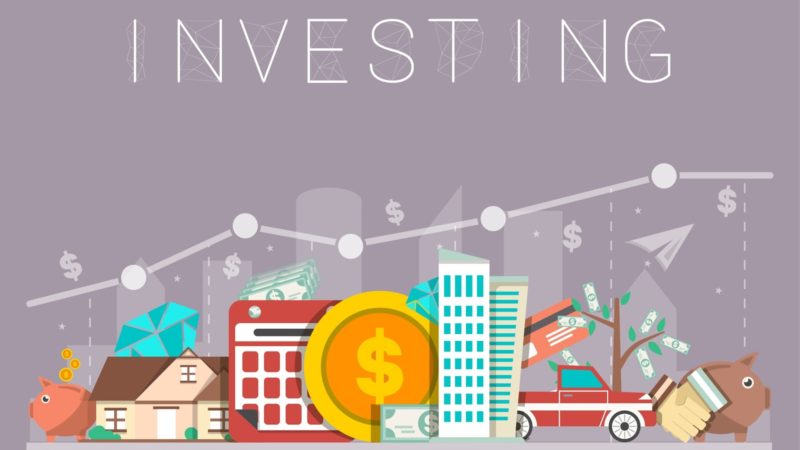Investing means putting your money on faith in a company directly or indirectly to receive a return in exchange for the duration till you lend the money. It is called ‘investing’ as you choose instruments or companies based on their ability to pay the highest returns in exchange for the same duration of time (tenor). Many times, some investments might be very safe with high guarantee but might give low returns. On the contrary, instruments with low safety or high risk tend to provide high returns.
Returns vs. Risk
This concept of high returns should stay true like a rule because otherwise you have lent your money without adequate compensation in exchange. This is more important as there is a possibility of losing the money as well without getting any returns. This probability of losses should be compared to the probability of high returns – also called volatility.
Thus, you can compare any two investments based on their volatility or the risk of achieving results. Highly risky investments should yield much higher returns than instruments or investments which are relatively safer. Two instruments should be compared thus to know the expected returns on each of them. What is a good investment for one might not be a good investment for the other.
Risk Appetite
Since instruments can be ranked as per risk levels, investors too can be ranked on how much risk are they willing to or capable of taking. This is called as risk appetite. The following few parameters are analyzed to decide your risk appetite –
-
Age
-
Health status
-
Income levels and wealth
-
Number of dependents
-
Monthly expenses, liabilities, and savings patterns
Types of Investments
Based on risk appetite and risk-return combinations, there are these different types of investments –
-
Equity – This has the highest risk-return ranking with a good return possible when the markets are doing well but can be equally unpredictable and give huge losses. Some strategies can be used to minimize your losses.
-
Debt Bonds – Bonds are one of the most common fixed income instruments issued by governments and companies alike. However, the general public is not really aware of the mechanics of holding and trading it. Bonds, when held to maturity, give a fixed interest rate. However, buying and selling of bonds is also possible.
-
Mutual Funds – These are common investment vehicles which have a pool of investor money invested in various asset classes. They can range from being very risky if the investment is in different equity stocks to being very safe if invested almost in debt instruments such as bonds and corporate deposits.
-
Real estate – This is another important asset class which people invest in as a lifetime asset and is usually not done for the purpose of investment. People who can afford to invest in multiple real estate ventures – residential or commercial, have to bear high costs of maintenance and legal aspects. This makes it a risky and expensive affair.
-
Bullion – Buying gold and silver was considered as tedious as real estate a few years ago but not anymore. With the digitization of gold in the form of exchange-traded funds, you can buy and sell units of gold per your requirement.
Balancing Safety and Returns
An optimized investment portfolio is one which gives medium to high returns to allow you to fulfill your financial goals but is also not subjected to harsh risky factors. Company FDs provides a great balance between the two aspects with 1-2% higher returns than bank FDs. They are also backed by the credibility of the company issuing them and are scrutinized and rated by credit rating agencies like CRISIL and ICRA. Bajaj Finance FD is at the best levels to achieve this with high FD interest rates as it is accredited with FAAA/rating by CRISIL and MAAA/rating by ICRA. With Experia- your online fixed deposit account, it is easy to track and manage multiple FDs online on the go. Thus, you have the advantage of balancing the risky investments in your portfolio with safe and credible company FD.













